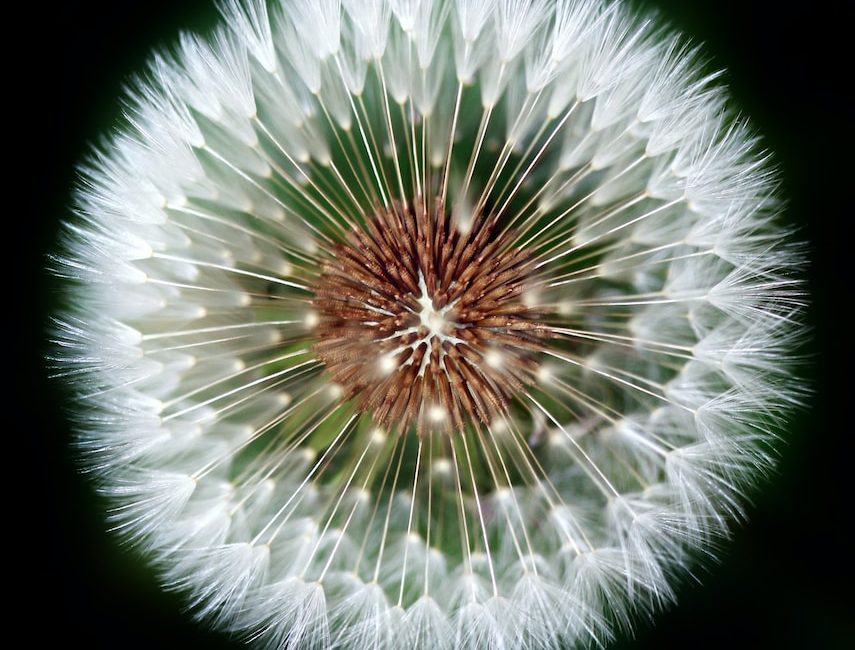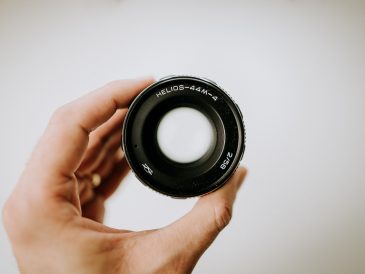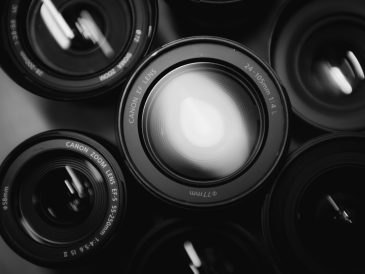Macro photography is a fascinating genre that allows photographers to capture intricate details of small subjects. Unlike other forms of photography, macro photography requires specialized equipment and techniques to achieve stunning close-up shots. One of the key aspects of macro photography is the magnification ratio, which refers to the size of the subject on the camera’s image sensor compared to its actual size. The higher the magnification ratio, the more details can be captured, resulting in sharp and impactful images.
Working distance is another crucial factor in macro photography. It refers to the distance between the subject and the front of the lens, or in simpler terms, how close can you get to your subject. This distance is essential because it determines the level of detail you can capture and also affects the amount of light reaching the subject. When working with macro lenses, it’s important to understand the minimum working distance required for each lens as it varies depending on the focal length and lens design. By maintaining an appropriate working distance, you can ensure that you capture fine details without disturbing or scaring away your subject.
The Importance of Magnification Ratio
One of the key aspects to consider in macro photography is the magnification ratio. This measurement refers to the size of the subject captured on the image sensor compared to its actual size in real life. The magnification ratio plays a crucial role in macro photography as it determines the level of detail and the ability to showcase intricate aspects of small subjects. Achieving higher magnification ratios enables photographers to capture the tiny, often unnoticed features of plants, insects, or other small objects, providing viewers with a unique perspective and a glimpse into a world they may not have otherwise experienced.
In macro photography, a higher magnification ratio also allows for the exploration of textures and patterns within the subject. By increasing the size of the subject on the image sensor relative to its real-life size, fine details become more pronounced and prominent. Whether it be the delicate veins of a flower petal or the intricate structure of an insect’s wing, the magnification ratio enhances the visibility of these smaller elements. Consequently, the viewer can truly appreciate the intricacy and beauty that often goes unnoticed in everyday life. As such, understanding and utilizing the magnification ratio correctly is crucial for macro photographers aiming to capture stunning and visually striking close-up imagery.
Exploring Working Distance
When it comes to macro photography, exploring working distance is crucial. Working distance refers to the distance between the camera lens and the subject being photographed. In macro photography, getting closer to your subject allows you to capture more details and intricate features. However, it’s important to find the right balance between proximity and maintaining a comfortable distance to avoid casting shadows or disturbing the subject. Different lenses offer varying working distances, and understanding this concept is essential for achieving the desired results in your macro photography.
The working distance also plays a role in determining the level of magnification in your macro images. As you decrease the working distance, the subject appears larger and more magnified in the frame. This can be especially beneficial when capturing tiny subjects, such as insects or flowers, where you want to emphasize every minute detail. However, it’s crucial to keep in mind that reducing the working distance also decreases the depth of field, making it more challenging to achieve sharp focus on the entire subject. Thus, exploring and understanding working distance is a fundamental aspect of macro photography, allowing you to capture stunning close-up images of small subjects with precision and artistic flair.
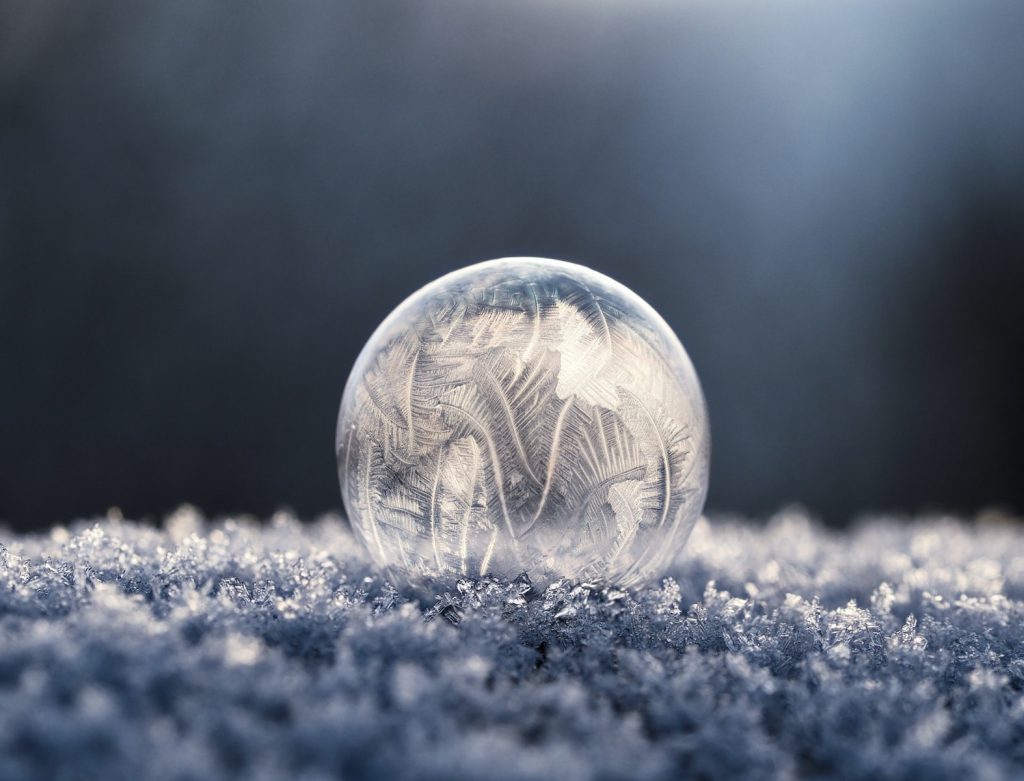
Understanding Depth of Field
Depth of field is a fundamental concept in macro photography that determines how much of a subject will be in focus. Put simply, it refers to the range of distance between the closest and farthest points in an image that appear acceptably sharp. When shooting macro subjects, the depth of field tends to be quite shallow due to the close proximity to the subject. This means that even slight movements, such as the subject’s natural swaying or the photographer’s hand shake, can result in a loss of sharpness in the final image. To counteract this, photographers often use techniques such as focus stacking or narrower apertures to increase the depth of field and achieve a greater level of sharpness throughout the image.
A narrow depth of field can be advantageous in macro photography as it allows for the selective focus on specific details or features. By isolating a particular part of the subject and blurring out the rest, the photographer can create a visually striking image with a strong subject-to-background separation. This technique can be especially effective when capturing intricate patterns or textures, such as the delicate petals of a flower or the intricate details on an insect. However, it is important to carefully consider the desired depth of field to effectively convey the intended message or emotion in the photograph.
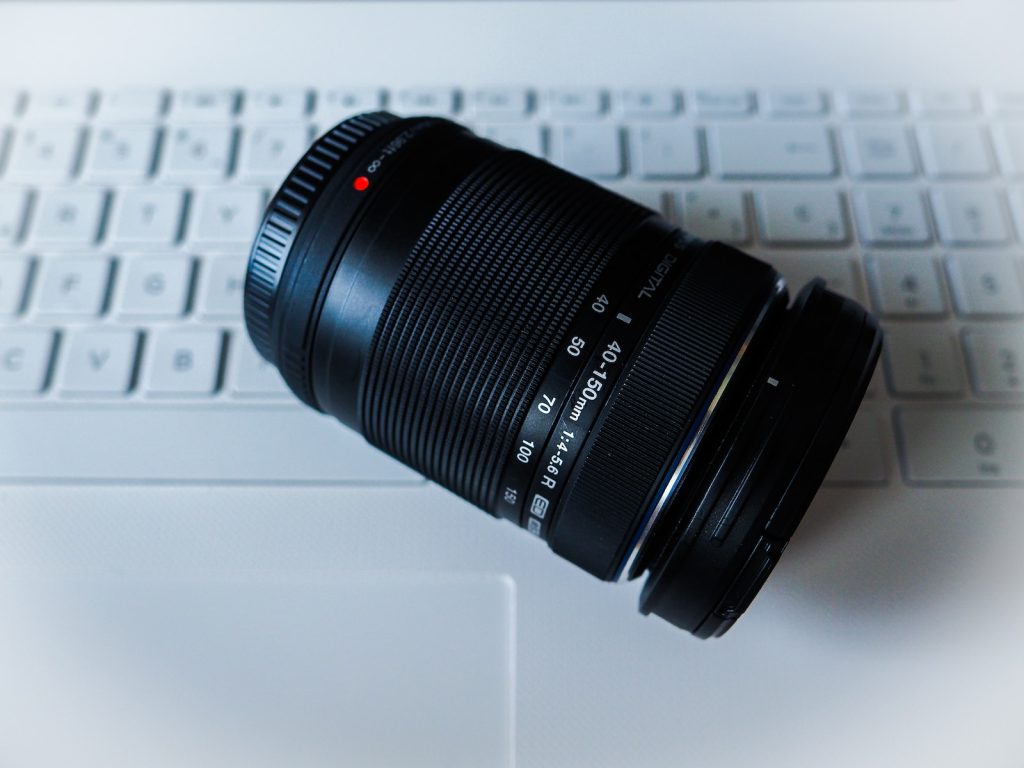
Choosing the Right Focal Length
When it comes to macro photography, choosing the right focal length plays a crucial role in capturing stunning close-up images. Focal length refers to the distance between the lens and the camera’s image sensor, and it has a significant impact on the perspective and magnification of your subject.
In macro photography, there are typically three common focal lengths: 50mm, 90mm, and 100mm. A 50mm lens is considered a standard macro lens, offering a natural perspective and a slightly larger working distance. This focal length is often preferred for general macro shots, such as flowers or small objects. On the other hand, a 90mm or 100mm lens provides a longer working distance, allowing you to capture detailed shots of insects, small creatures, or delicate subjects without getting too close. These longer focal lengths create a beautiful shallow depth of field, emphasizing the subject while blurring the background for a visually pleasing effect.
The Impact of Aperture on Macro Photography
The aperture setting plays a crucial role in macro photography, as it directly affects the depth of field in the image. In macro photography, a shallow depth of field can be desired to isolate the subject from the background and create a dreamy, blurred effect. To achieve this, a wide aperture, such as f/2.8 or even wider, can be used. This results in a smaller focal plane, where only a thin slice of the subject is in sharp focus while the rest gradually falls out of focus. It allows the photographer to draw attention to specific details of the subject, making it stand out in a visually captivating manner.
On the other hand, if you want a larger depth of field to capture more of the subject in sharp focus, a narrower aperture, such as f/8 or higher, is recommended. This is particularly useful when capturing complex subjects or when shooting macro landscapes, where you want the entire scene to be well-defined. By using a smaller aperture, the focal plane deepens, ensuring that a larger portion of the subject is in focus from front to back. However, it’s essential to note that narrowing the aperture too much can result in a loss of sharpness due to diffraction, so finding the ideal balance is crucial. By understanding and utilizing the impact of different aperture settings, photographers can fully control the depth of field in their macro images, enhancing their creative vision and achieving the desired effect.

